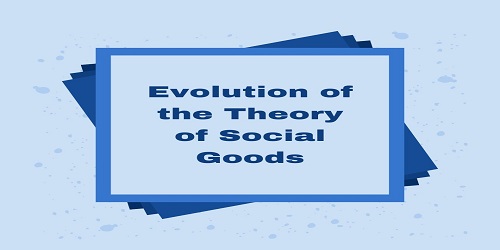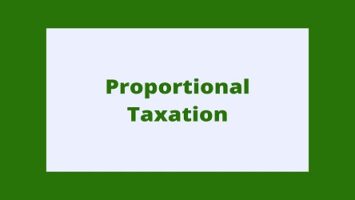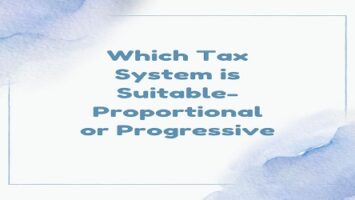Evolution of the Theory of Social Goods:
Though Classical economists believed in the policy of laissez-faire and non-interference by government in economic affairs, they also accepted the role of the government sector. For instance, Prof. Adam Smith justified four types of governmental activity in his book, The Wealth of Nations (1776)-
(1) The duty of protecting the society from foreign invasion, i.e., the function of national defense.
(2) The duty of establishing the administration of justice in order to provide for law and order within the country, i.e., the provision for police and judiciary.
(3) The duty of setting up and maintaining beneficial institutions and public works, which because of their non-profitability and risky nature, no private individual or agency would take up.
(4) The duty of maintaining the sovereign or the executive level.
There is little controversy in the modern age regarding Smith, first, second, and fourth functions, i.e. the national defense, the internal protection of life and property, the preservation of law and order, and the maintenance of sovereignty. But, in the context of the third function of the government, Smith pointed out that certain social capital like roads, bridges, canals, harbors, etc., could not be provided by the market institution on a profitable basis and, therefore, he justified the government allocation of resources in this sphere.
John Stuart Mill, in his ‘Principle of Political Economy’ (1848), accepted government allocation on a much wider basis than Smith. Thus, he said that “There is scarcely anything really important to the general interest, which it may not be desirable, or even necessary, that the government should take itself, not because private individuals cannot effectually perform it, but because they will not.” It means the government can enter any field of economic activity and especially those which are generally not undertaken by a private individual.
Prof. Pigou further supported the case for Public Sector in his book, “A Study in Public Finance” 1928. He asserted that “just as an individual will get more satisfaction out of his income by maintaining a certain balance between different sorts of expenditure, so also will a community through its government.” He holds that resources should be allocated among different uses in such a manner that the marginal utility in each use is the same and thus applies marginal analysis to the intra-public sector question as to which public goods should be produced. He applies it both to exhaustive public expenditure, where resources are directly absorbed, and to transfer government expenditure, where only redistribution of income and wealth takes place.
Though the marginal utility method of attaining optimal allocation can be questioned because of the impossibility of interpersonal utility comparison, the importance of the Public sector and its evolution is clear from the above-mentioned views of important economists. It also points out that public wants should be satisfied by the government.









Comments (No)